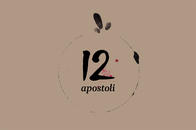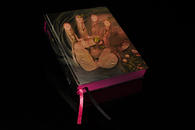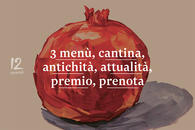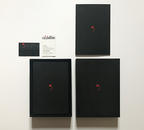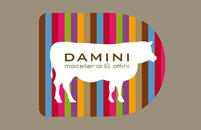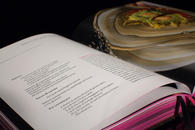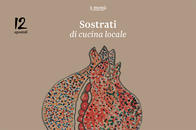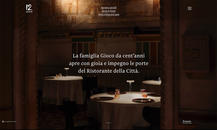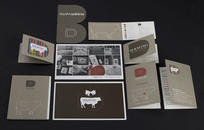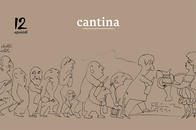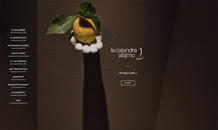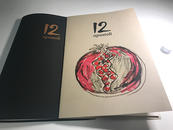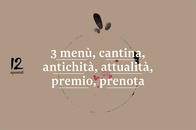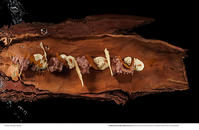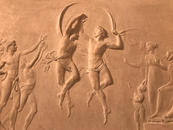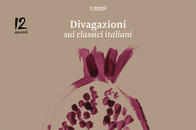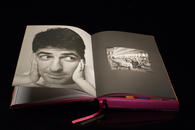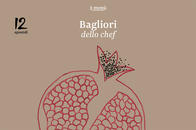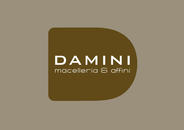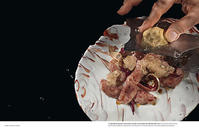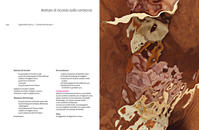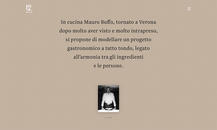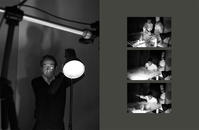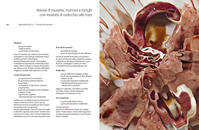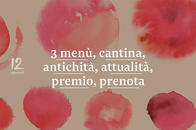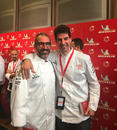Timely, untimely
This fall, one of our loyal clients, 12 Apostoli restaurant, was awarded the most coveted recognition in the restaurant world, a Michelin star. I remember very well the first time I entered inside the restaurant. It was over two years ago and I will never forget crossing the restaurant’s threshold in Corticella San Marco, in the heart of the historic center of Verona. I had been contacted by the new chef, who was known at the time for having worked in the kitchen at Le Calandre restaurant. I was invited to lunch to try the menu and discuss a communication and branding strategy. By the time dessert arrived, I was certain that I wasn’t going to take the job, due to a number of factors, including their lack of a sufficient budget and the creative brief - reinvent a restaurant that was flourishing years ago, but that lost its appeal and is currently trying to rebuild its image. The restaurant seemed to be missing energy, as did the service staff. The kitchen hadn’t found its grounding either, serving dishes with tired elements inherited from the former chefs. The new, talented chef had yet to prove himself. Shortly thereafter, while sipping a French acquavite, I allowed the young owner and the new chef to convince me to take on the challenge thanks to their stubbornness, by their good intentions, but also by their education and sensibility. I realized that it was actually an ideal situation, stimulating, at least in principle: everything had to be redone, starting from scratch and without compromise, with the only obligation to respect, and therefore revitalize, the history of the restaurant, which we decided would be the foundation for the entire communication strategy.
To avoid misunderstandings, I must clarify that we only contributed marginally to the arrival of the Michelin star. In order to receive such an honor, a restaurant must offer solid food and have a decent style of service. Yet, after decades of experience, I feel confident in saying that an effective brand and communication strategy, implemented by a conscientious art director, tailor-made and targeted with precision, can help a restaurant achieve recognition in a shorter amount of time. If a restaurant is deserving of a star it will almost always arrive sooner or later. I say "almost", because even Michelin has its flaws and inexplicable idiosyncrasies, like any human enterprise. But we know how timing can be decisive, especially in an age that demands immediate answers. Hence the constant danger of downsizing, adaptation, or even the precipitous dismantling of the project deemed to be a winner. Time has a cost and receiving early recognition can make the difference between having to close up shop or being allowed to continue to grow.
And speaking of Michelin, I wanted to share other news related to the stars that involved me directly in one way or another. I find it surprising, even upsetting, that certain restaurants weren’t awarded an additional star (La Montecchia and Quadri, for example). In light of the amazing global success of the Alajmo Group, it’s incredible to reflect on the fact that they earned the third star of Le Calandre restaurant back in November 2002. Massimiliano and Raffaele were just boys, brilliant but considered provincial. The fact that they earned so much success and recognition in a gossipy and envious place like the Veneto is testimony to just how brilliant they are. For them, earning a second star was already a gift, let alone a third. The celebration involved liters and liters of Champagne. Other surprises include the star for Ca'Daffan di Arzignano, given that the chef was considered unpredictable, even if he is one of the most formidable, generous, and ingenious in the business. And equally surprising was the star for Damini, given it was the first time that a butcher shop was awarded a Michelin star in Italy.
I would also like to reflect on another trend that emerges from these memories: that is the problem of how to make the old coexist with the new. I think that in all sectors, not only in fine-dining, to be truly modern, that is contemporary, it’s not advisable to exist within the context of what the mass media presents us, that of social media networks, fleeting fashions, catchphrases, in short everything that is considered “very cool”. Obviously, it’s important to be aware of what’s “very cool” (on the other hand it would be impossible not to do it, seeing as we are bombarded at every level by communication from what is considered as such). However, understanding present trends must be paired with an understanding of the past and the relationships between distant eras, "without keeping your eyes fixed on the demented smile of the news or pursuing the oscillations of taste and fashion." (Unfortunately, I forget who said this). In my profession, it is therefore necessary to be untimely, as Agamben said. We must adhere to the needs of reality, while keeping a distance from them, scrutinizing what lies beneath, and not taking for granted that all that exists, exists naturally. Possibly using the old to understand the new.
05/12/2018 Filippo Maglione

